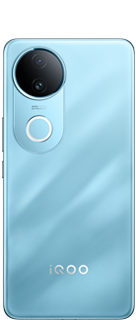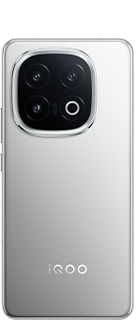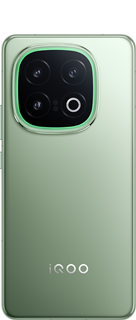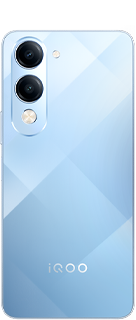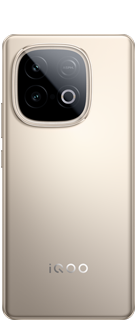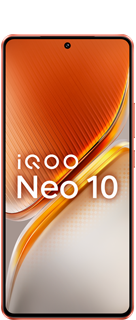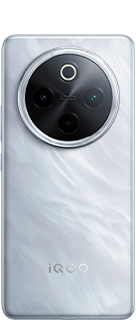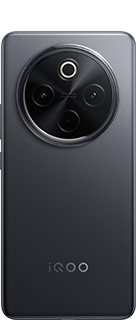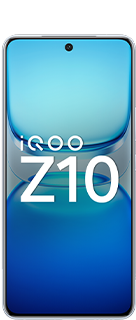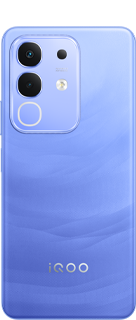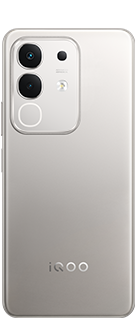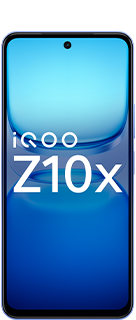Understanding Text-to-Image AI Generators: A Comprehensive Overview
Text-to-image AI generators have gained significant attention in recent years for their ability to create visually striking images from textual descriptions. These models leverage advanced machine learning techniques to understand and interpret human language, transforming it into rich, detailed images. Here’s an in-depth look at how these generators work, their applications, and the challenges they face.
---
1. What is a Text-to-Image AI Generator?
Text-to-image AI generators are machine learning models designed to generate images based on textual prompts provided by users. They interpret the nuances of language and visualize the concepts, objects, and scenes described in the text.
Key Features:
Input Flexibility: Users can input a wide variety of descriptions, from simple phrases to complex scenarios.
Output Variety: The generated images can vary in style, color, and composition based on the model's training data.
---
2. How Do Text-to-Image Generators Work?
Text-to-image generation typically involves several key components and steps:
A. Natural Language Processing (NLP):
The first step involves understanding the textual input. NLP techniques are used to parse the text and extract relevant information about the desired image.
B. Neural Networks:
Generative Adversarial Networks (GANs) and Diffusion Models are commonly used architectures:
GANs consist of two networks—a generator that creates images and a discriminator that evaluates them. They work together in a competitive setting to produce realistic images.
Diffusion Models generate images through a process of iterative refinement, starting from random noise and gradually refining it based on the input text.
C. Training Data:
These models are trained on large datasets containing pairs of images and corresponding textual descriptions. This training enables the model to learn how to associate specific words and phrases with visual elements.
---
3. Popular Text-to-Image AI Generators
Several text-to-image AI generators have become well-known in the AI community:
DALL-E: Developed by OpenAI, DALL-E can generate high-quality images from textual descriptions and is known for its creativity and understanding of context.
Midjourney: This tool focuses on artistic styles, allowing users to create stylized images based on their prompts.
Stable Diffusion: An open-source model that enables users to generate images with more control over the output and is known for its flexibility and customization options.
---
4. Applications of Text-to-Image AI Generators
Text-to-image AI generators are being used across various industries and fields:
A. Art and Design:
Artists and designers utilize these tools to brainstorm concepts, create artwork, and enhance their creative process.
B. Advertising and Marketing:
Marketers use AI-generated images for campaigns, social media content, and product mockups, allowing for rapid prototyping and testing of ideas.
C. Gaming and Animation:
Game developers can generate assets and backgrounds based on narrative descriptions, expediting the game design process.
D. Education and Training:
Educational content can be enriched with custom images, making learning materials more engaging and visually appealing.
---
5. Challenges and Limitations
Despite their advancements, text-to-image generators face several challenges:
A. Quality and Realism:
While many outputs are impressive, the quality can vary. Some images may appear unrealistic or contain artifacts.
B. Interpretation of Ambiguity:
AI models may struggle with ambiguous or complex prompts, leading to unexpected or undesirable results.
C. Ethical Considerations:
The potential for misuse, such as generating misleading images or deepfakes, raises ethical concerns. Moreover, issues related to copyright and ownership of AI-generated content are still being debated.
D. Bias in Training Data:
If the training data contains biases, the generated images may reflect those biases, resulting in stereotypes or underrepresentation of certain groups.
---
6. The Future of Text-to-Image Generators
The field of text-to-image generation is rapidly evolving. Future developments may include:
Improved Accuracy: Ongoing research aims to enhance the models’ understanding of language and context, leading to more accurate and coherent image outputs.
Customization Options: Users may gain more control over specific aspects of the image, such as style, color palette, and composition.
Broader Accessibility: As technology advances, these tools are likely to become more accessible to non-experts, democratizing creative expression.

---
Conclusion
Text-to-image AI generators represent a fascinating intersection of technology and creativity. As they continue to evolve, these tools will not only reshape how we create and consume visual content but also prompt important discussions about the implications of AI in art, ethics, and s
ociety. With their ability to bring ideas to life through images, they hold immense potential for innovation across various fields.
Please sign in
Login and share
